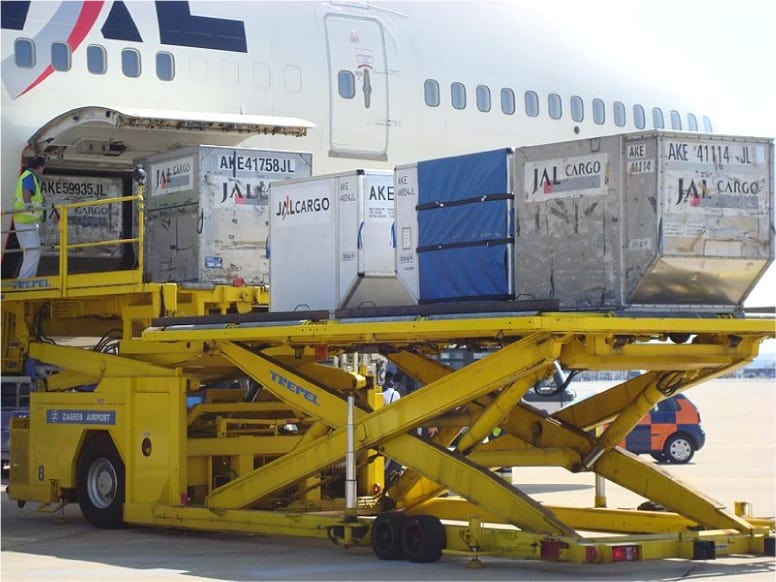Airplanes have revolutionized the way we travel and connect with the world. However, their widespread use has also brought about significant changes to the environment. In this blog post, we will delve into the various ways airplanes have impacted the environment, exploring both the positive and negative aspects of their influence.
- Carbon Emissions and Climate Change:
Airplanes are major contributors to greenhouse gas emissions, primarily through the burning of jet fuel. These emissions, particularly carbon dioxide (CO2), contribute to climate change by trapping heat in the Earth's atmosphere. The aviation industry accounts for approximately 2% of global CO2 emissions, and this figure is expected to rise as air travel continues to grow. Efforts to reduce carbon emissions, such as the use of biofuels and improved aircraft efficiency, are being explored to mitigate this impact. - Noise Pollution:
Airplanes generate significant noise pollution, especially in areas surrounding airports. The constant roar of jet engines can disrupt communities, affecting the quality of life for residents. Noise pollution can lead to stress, sleep disturbances, and even long-term health issues. To address this, airports are implementing noise reduction measures, such as improved flight paths, quieter aircraft engines, and soundproofing of nearby buildings. - Air Quality:
While airplanes primarily emit CO2, they also release other pollutants, such as nitrogen oxides (NOx), sulfur oxides (SOx), and particulate matter. These pollutants contribute to poor air quality, especially in the vicinity of airports. They can have detrimental effects on human health, causing respiratory problems and cardiovascular issues. Stringent regulations and technological advancements are being implemented to reduce these emissions, including the use of cleaner fuels and more efficient engine designs. - Land Use and Habitat Disruption:
Airports require vast amounts of land for runways, terminals, and other infrastructure. This often leads to the destruction of natural habitats and ecosystems. Additionally, the construction and expansion of airports can result in the displacement of local communities and disruption of wildlife migration patterns. Sustainable airport design and conservation efforts are being employed to minimize these impacts, including the creation of wildlife corridors and the restoration of nearby ecosystems. - Economic and Social Benefits:
Despite the environmental challenges, airplanes have also brought numerous economic and social benefits. Air travel has facilitated global trade, tourism, and cultural exchange, contributing to economic growth and job creation. It has connected people across continents, fostering understanding and collaboration. Balancing these benefits with environmental considerations is crucial for sustainable aviation development.
Conclusion:
The advent of airplanes has undoubtedly transformed the way we travel and interact with the world. However, their environmental impact cannot be ignored. As we move forward, it is essential to prioritize sustainable practices and technological advancements to mitigate the negative effects of air travel. By doing so, we can continue to enjoy the benefits of aviation while preserving our environment for future generations.




More Stories
How FAMA Traffic Brackets Ensure Long-Term Stability in Urban Signal Installations
Что такое бесщеточный электрический мотоцикл и почему он становится выбором будущего
Что такое бесщеточный электрический мотоцикл и почему он становится выбором будущего